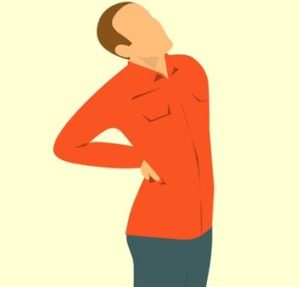
Joint & Mobility Health
Why Joint & Mobility Health Is Critical
Joint mobility is a direct factor of posture and movement, affecting activity and participation for all people. As a person ages, changes occur in joint movement that can influence overall health and function.
Joint pain has numerous causes, including numerous types of arthritis (e.g., osteoarthritis, rheumatoid arthritis, gout) and some that aren’t arthritis-related (e.g., fibromyalgia, thyroid disease, lyme disease, anxiety).
Joint pain can feel different depending upon the cause. It may seem like a sudden, acute pain. You might discover stiffness, burning, or a dull ache.
With so many causes, the reason for your joint discomfort can be difficult to diagnose. And till you know the cause, you won’t know the best way to treat it. A significant feature that identifies the treatment is whether your joint pain involves inflammation.
You should make lifestyle modifications and walk around often throughout the day. Avoid remaining in one position for too long. Low-impact workouts such as strolling, swimming, cycling, strength training, and extending can help your joints remain mobile and might even assist you in shedding some additional pounds.
Consuming healthy fats can increase lubrication and promote joint health. Foods high in healthy fats include avocados, olive oil, almonds, walnuts, salmon, trout, mackerel, and chia seeds. The omega-3 fatty acids will help in joint lubrication.
Frequently asked questions
Joint mobility describes the motion around a joint. Having a complete variety of movements suggests you have healthy joints. However, if you have a problem with your range of motion, it could suggest an underlying issue or be the outcome of an injury.
Elements such as the age and sex of an individual, are impact mobility. Factors affecting joint movement consist of:
- Muscle mass
- Quality of movement
- Activity level.
- Viral infections or fever may make joint movement painful.
- Tendinitis is an inflammation of the flexible bands that connect bone and muscle (tendons). It is typically seen in the elbow, shoulder or heel and is usually caused by overuse.
- Injuries, such as broken bones or sprains.
The best foods for healthy joints include:
- Seeds and Nuts.
- Cruciferous Veggies.
- Beans and Lentils.
- Olive Oil.
- Coldwater Fish.
- Fruit.
- Whole Grains.
- Root Veggies and Garlic.
Supplements that help with joint pain includes:
- Vitamin D3 is good for joint health and general musculoskeletal health.
- Estrogen.
- Glucosamine
- Chondroitin
- Sulfate.
- MSM.
- Turmeric.
- Omega 3.
Key Terms
- Autoimmune Disease
- Cartilage
- Gout
Autoimmune disease is one in which the immune system mistakenly attacks healthy organs of the body. In the case of rheumatoid arthritis, the body's immune system attacks its own healthy tissue, including joints. In severe cases, it attacks internal organs. Rheumatoid arthritis affects joint linings, causing swelling that is painful. Over time, the inflammation associated with rheumatoid arthritis can cause joint deformity and bone erosion.
Cartilage is a hard slippery tissue that covers the ends of bones where they connect to form a joint. It gives shape and support to other body parts, such as your ears, nose, and windpipe. Osteoarthritis occurs when the cushion provided by the cartilage for the ends of bones in your joints deteriorates gradually . Eventually, if the cartilage wears down completely, the frictionless joint motion will be no more and bone will rub on bone.
Gout is form of arthritis caused by uric acid crystals buildup in the joints, commonly in the big toe. It is characterized by redness, severe pain, and tenderness in joints. Inflammation and pain occur when too much uric acid crystallizes and deposits in the joints. Attacks can appear suddenly, often at night.
The Latest In Joint & Mobility
- All
- Joint & Mobility

Protein Deficiency Signs & Symptoms
Protein deficiency means you

Pool Exercise for Arthritis
Hydrotherapy is great for Arthritis patients. Simple swimming pool exercises can help Read More
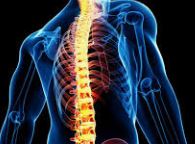
Network Spinal Analysis Chiropractic
Network Spinal Analysis is a unique method of chiropractic care. Gentle touches Read More
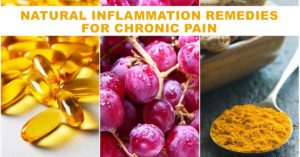
Natural inflammation remedies for chronic pain
Herbs for inflammation can heal food sensitivities such as refined carbs & Read More

Natural heavy metal detox
Heavy metals over time can cause conditions like infertility, indigestion, & anxiety. Read More
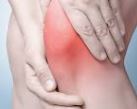
Joint Pain Treatment Options
Joint pain worsens over time. Treatment options for relief vary according to Read More
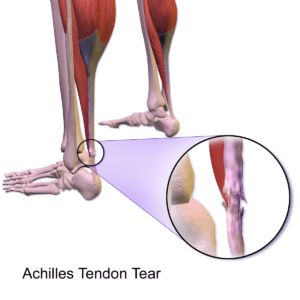
How to effectively treat bruises, sprains and strains
This YouTube video will educate you about the wonderful over-the-counter homeopathic remedy Read More

Homeopathy & Natural Herbal Pain Relief
Homeopathy provides natural herbal pain relief for lot of chronic conditions such Read More
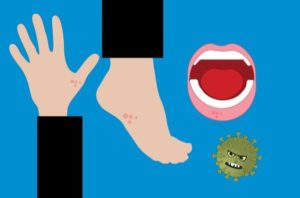
Hand foot and mouth disease home remedies
Hand, foot & mouth disease (HFMD) has no specific medical treatment. Home Read More
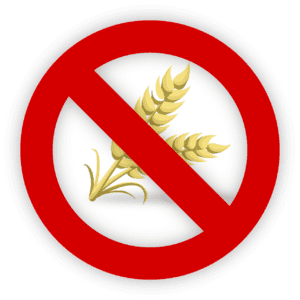
Food Sensitivity Blood Test
The best food sensitivity test can be an elimination diet & challenge Read More

Detoxing Benefits
Ayurvedic detox uses herbs, meditation & massage to lower stress. Removing toxins Read More

Celiac disease and Nux vomica in Homeopathy
Celiac disease also known as gluten insensitivity runs in the family. If Read More

Acupuncture for pain relief
Acupuncture treatment is natural pain therapy with promising pain relief at every Read More

Acupuncture Effectiveness For Opioid Withdrawal
Studies confirm the efficacy of acupuncture in opioid withdrawal.The endorphin mechanism and Read More

Shoulder Pain Causes And Natural Treatments
Light shoulder injury can heal on it's own. More serious pain can Read More

Joint Pain Causes & Relief With Natural Treatments
Joint pain causes pain and limits movement, but a number of natural Read More

Joint Pain Cure With Ayurveda Treatments
Based on dosha type imbalance, joint pain cure in Ayurveda treatment includes Read More

Lower Back Pain Causes & Natural Treatments
Lumbar strain is the most common cause of severe lower back pain. Read More

Hip Pain Causes & Natural Therapies For Pain Relief
Hip pain can limit mobility. Making positive lifestyle changes, healthy eating, & Read More
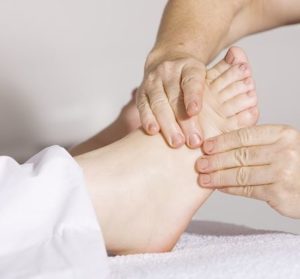
Chronic Foot And Ankle Pain
Heal chronic-foot-and-ankle-pain with complementary medicine treatments.Practitioners share natural integrative medicine therapies, success Read More

